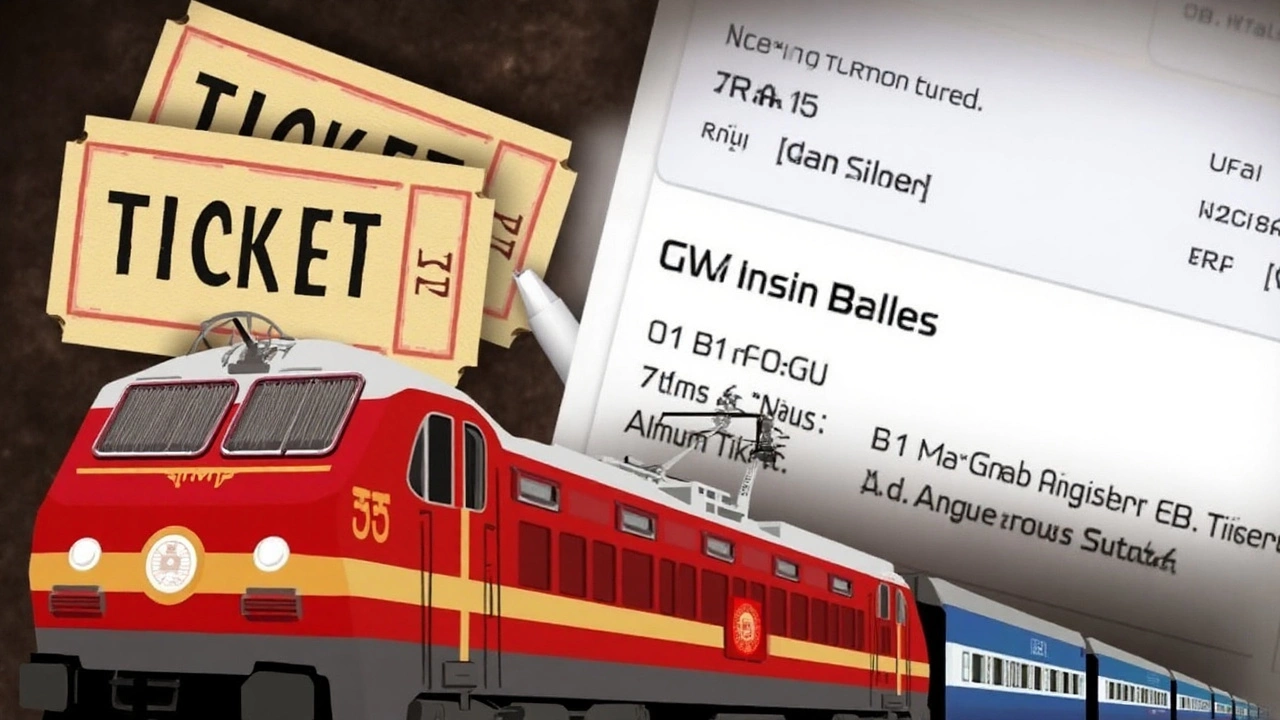What the UTS App Actually Does
Imagine standing in a crowded station during Diwali, watching the line inch forward while you scramble for a seat. The UTS app flips that script. It’s a government‑backed mobile platform that lets you snag unreserved train tickets without ever stepping up to a ticket counter. Whether you need a one‑way journey ticket, a short‑lived platform pass, or a season ticket for daily commutes, the app handles it all from the palm of your hand.
The app runs on Android, iOS and even Windows‑based phones, so most smartphone owners can jump on board. After a one‑time sign‑up—where you enter your name, mobile number, gender, DOB and set a password—the system sends an OTP to verify you. Successful registration triggers an SMS confirmation and automatically opens a zero‑balance Railway Wallet (R‑Wallet) that you can top up later.

Paper vs. Paperless: Two Ways to Ride
UTS gives you two distinct booking flavors. The “Paper” mode is low‑tech: you book, receive a booking ID, and then head to an ATVM, CoTVM or OCR machine at the station to print your ticket. You can also approach a UTS counter for a hard copy. The rule is simple—your train must start within an hour of printing the paper ticket.
If you’re all about digital, the “Paperless” mode skips the printer entirely. The app captures your GPS location to prove you’re inside the ticket‑eligible zone, and you simply flash the digital ticket on your screen for the Traveling Ticket Examiner (TTE). Some stations even display a barcode that the TTE can scan, adding an extra layer of verification.
Both modes sit behind a suite of booking options: Normal Booking for standard trips, Quick Booking for speed, Platform Ticket for short station hops, Season Ticket for regular commuters, and QR Booking for those who like scanning bars. All of these are logged in a personal booking history, making it easy to track past journeys and favorite routes.
Paying for a ticket is a breeze. The app plugs into net banking, debit/credit cards, UPI and wallets like Paytm, MobiKwik and FreeCharge. You can either fund your R‑Wallet directly from the app or reload it via the UTS website and then use the wallet balance for future bookings.
Booking windows differ by distance. For non‑suburban trips over 200 km, you can reserve a seat up to three days before the journey—excluding the travel day itself. Suburban tickets (200 km or less) are only issued on the day you travel, which makes the app perfect for last‑minute commuters.
Cancellation policies also split along the paper‑paperless line. If you booked a paper ticket and the fare exceeds the cancellation charge, you can cancel via the app before printing or at a counter after printing—though you’ll still pay a fee. Paperless tickets, however, become final the moment you confirm them; there’s no going back.
Beyond the basics, the app packs handy extras. You can set up a personal profile, pin frequently traveled routes, and pull up a detailed transaction log. The home screen is laid out with clear icons for QR Booking, Quick Booking, Platform Ticket and Normal Booking, each letting you toggle between paper and paperless if you wish.
One rule travelers need to watch out for: you can’t book a ticket from inside the station premises. Indian Railways’ commercial regulations require you to purchase a ticket before stepping onto railway property. The idea is to keep the ticket‑selling process out of the way of station operations and avoid any “inside‑the‑gate” confusion.
Since its launch, the UTS app has been hailed as a game‑changer for the millions who rely on unreserved trains daily. By shifting the ticketing process to smartphones, it trims waiting times, eases congestion at counters, and offers a smoother travel experience—especially when crowds swell during holidays and festivals. As more commuters adopt the app, the ripple effect could mean shorter lines, fewer cash transactions and a more modern face for Indian Railways.






